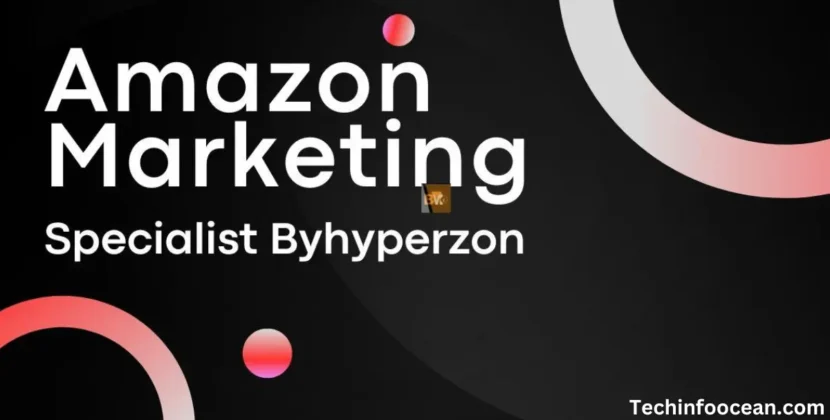
What is a Digital Twin Meals
Digital twin meals refer to a virtual representation of a meal that captures its various characteristics, such as ingredients, nutritional information, preparation methods, and even sensory attributes like taste and aroma. This concept combines the physical and digital realms, allowing for simulations and analyses that can help with meal planning, dietary management, and food innovation.
For example, in a healthcare setting, a digital twin meal could help dietitians customize meal plans for patients by analyzing how different ingredients affect health metrics. In culinary arts, chefs might use digital twins to experiment with flavors and textures before creating a dish.
Overall, the idea is to leverage data and technology to enhance our understanding and experience of food, making it more personalized and efficient.
How Digital Twins Work
Digital twins are created by combining records from diverse sources, including medical records, genetic records, and wearable gadgets. This information is then fed right into a laptop version, which creates a virtual illustration of the affected person’s frame and its functions. The model can be used to simulate extraordinary situations, such as how a particular drug will have an effect on the patient, or how changes in their way of life will impact their health.
One of the important thing benefits of digital twins is that they can be updated in real-time, based on new statistics. This method that doctors and researchers can screen the patient’s circumstance and alter their treatment plan. For instance, if a patient’s blood sugar stages begin to thrust upward, the virtual dual can alert the doctor, who can then recommend adjustments to their diet or medicinal drug.
Health & Prevention
Digital twins play a transformative role in health and prevention by creating virtual models of individuals that mirror their physical health data, lifestyle choices, and environmental factors. These models enable healthcare professionals to simulate various scenarios, predicting how different interventions or lifestyle changes might affect a patient’s health outcomes. By integrating real-time data from wearable devices and electronic health records, digital twins facilitate personalized medicine, allowing for tailored prevention strategies that can improve patient engagement and adherence. Additionally, they support proactive health management by identifying potential risks before they become critical, ultimately enhancing the efficiency of healthcare systems and promoting healthier communities.
Relevance of Digital Twins
The relevance of digital twins extends across various sectors, particularly in healthcare, manufacturing, urban planning, and agriculture. In healthcare, they enable personalized treatment plans and predictive analytics, enhancing patient outcomes and preventive care. In manufacturing, digital twins optimize processes and reduce downtime by simulating machinery performance in real time. In urban planning, they provide insights into infrastructure efficiency and sustainability, helping cities manage resources more effectively. In agriculture, digital twins allow farmers to monitor crop health and optimize yields through data-driven decisions. Overall, the integration of digital twins fosters innovation, efficiency, and improved decision-making across industries, making them a crucial tool in the digital transformation era.
The Diabetes Digital Twin Study
One of the maximum promising packages of digital twins in healthcare is inside the field of diabetes studies. In 2019, Paramesh Shamanna and his crew at the University of Warwick posted a study on the usage of digital twins to predict the development of kind 2 diabetes. The examination used data from over 1,000 patients, together with their medical history, genetics, and lifestyle factors. The researchers then created personalized digital twins for every affected person, which were used to simulate the development of their disease over time.
The consequences of the study had been marvelous. The virtual twins were able to correctly expect the development of diabetes in over eighty% of instances, and they identified several key chance elements that have been formerly unknown. This data may be used to expand extra powerful prevention and remedy techniques for diabetes sufferers.
“The health results of “real digital twins” could be applied to formulate fundamental prognostic fashions and moves which are predicted to be extra relevant to the person in question and lead to stepped forward effects compared with current practice.
Digital Twin Meals conclusion
In conclusion, digital twin meals represent a groundbreaking advancement in the culinary and health sectors, merging technology with gastronomy to enhance our understanding of nutrition and meal planning. By creating virtual replicas of meals that capture detailed information about ingredients, preparation methods, and nutritional content, digital twins empower individuals and professionals to make informed dietary choices. They facilitate personalized meal planning, optimize nutritional outcomes, and foster innovation in food design. As the integration of data and technology continues to evolve, digital twin meals have the potential to revolutionize how we approach food, ultimately promoting healthier lifestyles and more efficient food systems.
for more information visit our home page.













